Street Treats to Café Seats: Evolution of Ice Cream Culture in Bangladesh

There was a time in Bangladesh when the arrival of an ice cream van with its cheerful jingles meant pure joy. Children would run out clutching coins, eager to get their hands on a simple kulfi or a colourful popsicle. Today ice cream is no longer a street-side treat. It's an artisanal experience served in chic cafés, plated like gourmet desserts, and tailored to the Instagram generation.
The journey of ice cream in Bangladesh mirrors the country's own economic and cultural transformation. What began as a seasonal indulgence sold from carts and roadside freezers has now become a year-round lifestyle product, backed by global influences, brand innovation, and evolving consumer expectations.
The humble beginnings
The distribution of ice cream in its modern form in Bangladesh can be traced back to the 1950s. In the early 1960s, Baby Ice Cream established an ice cream parlour in Dhaka's Gulistan, marking the first of its kind in the then East Pakistan. They also distributed ice creams in local areas and near schools through ice cream vans.
Following independence, branded companies like Igloo, Savoy, Kwality, and Polar began to dominate the market, though non-branded ice cream carts also remained popular in sub-urban and rural areas. "There was a popular stick ice cream we used to call coconut malai, which sold at just 2 poisha per piece in the 1970s," recalls Shamima, who was a schoolgirl at the time.
Since Baby Ice Cream eventually ceased production, Igloo remains the oldest operational ice cream brand in Bangladesh. Regarding the evolving nature of consumer preferences, Sumit Chakraborty, Marketing AGM of Igloo Ice Cream, shares, "Cup ice creams were widely popular once, but over the years we have observed a shift from cups to cones, which now capture the lion's share of the market."
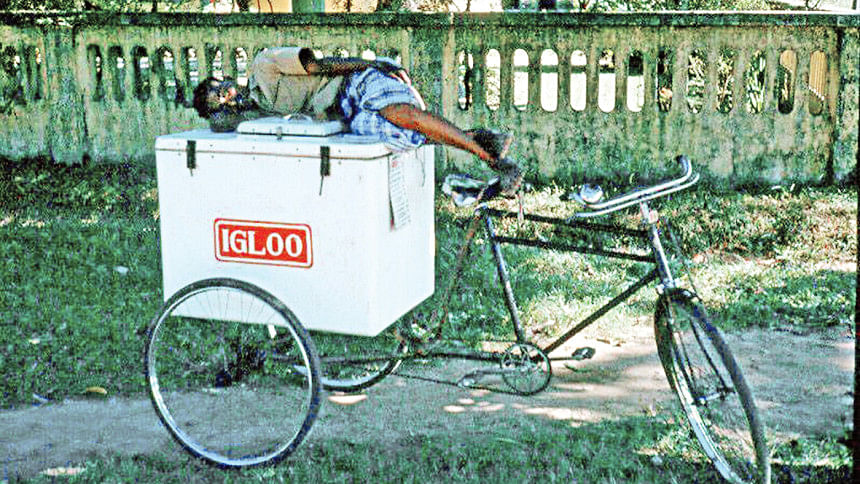
Polar was established in 1987 as Dhaka Ice Cream Industries Ltd., introducing hygienically produced packaged ice cream to the market. "In 2009, the brand was relaunched with a fresh vision to spread happiness through delicious, quality ice cream available to all," shares its company official.
Although Savoy has been around since 1950, the company was acquired by the Army Welfare Trust after independence. It was later revitalised by the Golden Group in 2014, which established a cutting-edge factory and expanded its product range.
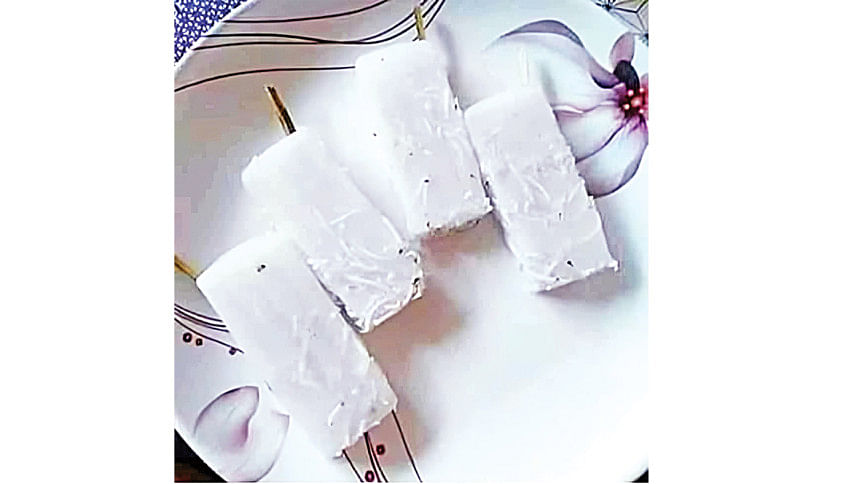
Meanwhile, local vans continued to be a beloved part of neighbourhood life in the earlier days, offering ice cream at surprisingly low prices. These included locally made kulfi, coconut ice cream, and popsicles in a variety of vibrant colours. "Even in 1994, we could get a piece of coconut ice cream in exchange for two betel nuts. In taka, it cost about 50 poisha per piece," says Shahidul, who was a child at the time.
Enter the modern ice cream culture
Today, ice cream comes in all forms -- cups, sticks, cones, sundaes, tubs, even ice cream cakes, and in every flavour imaginable, from plain vanilla to kheer malai, from the humble jalpai to exotic fruits like kiwi and peach. Ice cream is no longer bound by age, class, or season. It has become a thriving, innovative industry where tradition and trend coexist.
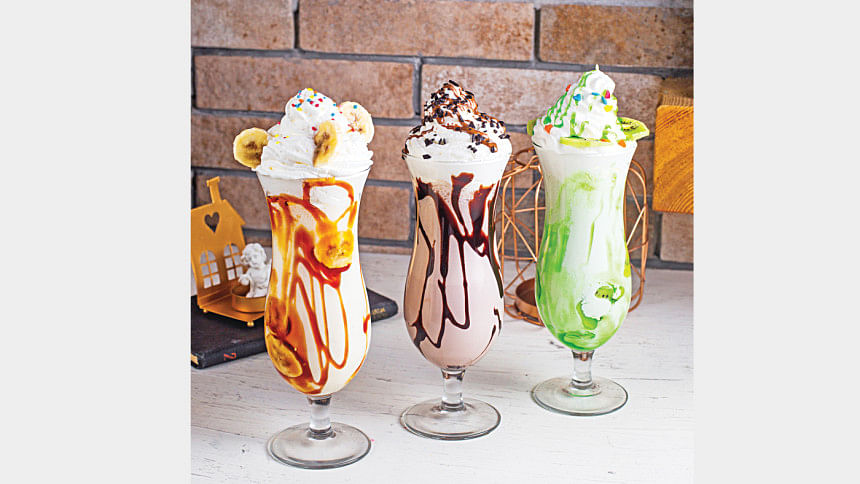
Dedicated ice cream cafés have replaced local vans, offering curated experiences to customers. Social media has played a transformative role in shaping how ice cream is perceived, especially among urban youth who crave unique visuals and flavours. Brands have quickly adapted to these changing tastes. And while the jingles of the old ice cream vans may have faded, their legacy lives on, in every colourful scoop, café table, and sweet memory made over ice cream.

 For all latest news, follow The Daily Star's Google News channel.
For all latest news, follow The Daily Star's Google News channel. 

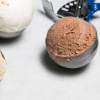




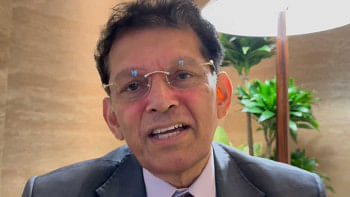
Comments